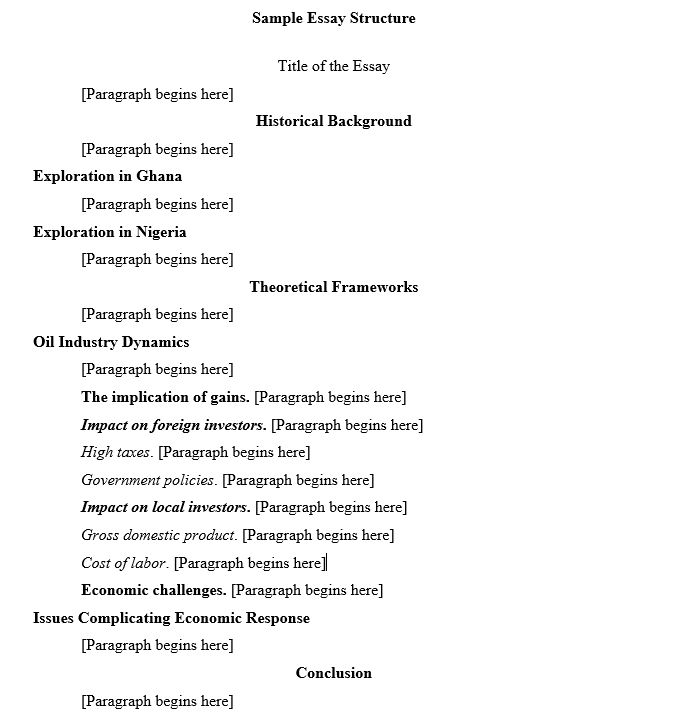Nowadays, scholars must follow the outline format if they want to write good papers. Basically, any writing starts with finding, analyzing, and processing information and organizing results. In simple words, students use outline format to structure new findings by using a specific style, topics, and subtopics. Hence, scholars can write good papers since all points are structured. Therefore, the outline format is a well-developed structure of papers while students can use different forms of structuring ideas, like alphanumeric, decimal, and full sentence outlines.
General Aspects
Outlining is a crucial process in writing. Students use outline formats during prewriting processes to list down main points, topics, and subtopics for different types of papers. For instance, the essay outline is the preliminary summary of written work, organized in headings and subheadings to follow the typical essay structure. Besides, useful outlines follow a hierarchical order. There are different types of outline formats, like alphanumeric, full sentence, and decimal outlines, which are often used in developing 50 expository essay topics for academic writing. In this case, a comparison between the three methods reveals that the full sentence outline is better because it requires a writer to record full thoughts.

Alphanumeric Outline Format
Alphanumeric outline format requires the use of Roman numerals to list main headings and subtopics. In the alphanumeric outlining approach, every Roman numeral contains a distinct classification. Basically, the method allows a writer to split the main topics into subheadings. In this case, writers indent subtitles. Moreover, alphanumeric outline format enables scholars to split subheadings into third and fourth by levels using Arabic numerals and alphabetical letters. Along these lines, students may separate the third level of subtitles into many distinct classifications by using Arabic numerals. Besides, writers can split the fourth level of subheadings using lower-case alphabetical letters. Therefore, alphanumeric outlines allow scientists to list main topics and divide them into distinct subheadings using numerals and alphabets.
Decimal Outline
Decimal outline formats utilize Arabic numerals to list main points. For example, this approach uses decimals to note the main topics and subsequent subheadings. In this case, writers note the main headings with whole numbers. Then, scholars use a decimal built from the main title to note subheadings. Basically, writers can use 1 to denote the main topic and 1.1 for the first subhead. Hence, such methods help to identify each subheading with central themes. From a critical point of view, decimal outlining is similar to the alphanumeric approach because it requires scholars to list main topics and follow subheadings. Thus, decimal outlining relies on Arabic numerals to separate main themes and next subtopics.
Full Sentence Outline Format
Full sentence outline formats provide details on main subjects and subtopics. For example, the full sentence outline method requires writers to include each topic as a full sentence. Scholars record complete thoughts on every item. In this case, it becomes hard for scientists to forget ideas when writing papers. Moreover, this method can utilize either alphanumeric or decimal outline methods. In turn, the sentence outline method is an improvement of the previous two techniques. Therefore, the full sentence outline format is a better approach because it includes full thoughts that writers can transfer to papers directly.
Conclusion on Outline Format
In conclusion, the organization of works is an essential process in writing papers if students know how to write an outline. Different outline format approaches, like alphanumeric, decimal, and full sentence outlines, allow writers to organize new thoughts. In this case, alphanumeric and decimal outline methods are similar because these forms require writers to list main ideas and subsequent subtopics. However, full sentence outline formats utilize previous approaches but add more details. Along these lines, the full sentence outline method is better since it allows a writer to include full thoughts. Therefore, the full sentence outline format ensures that students remember the main points during writing processes.


